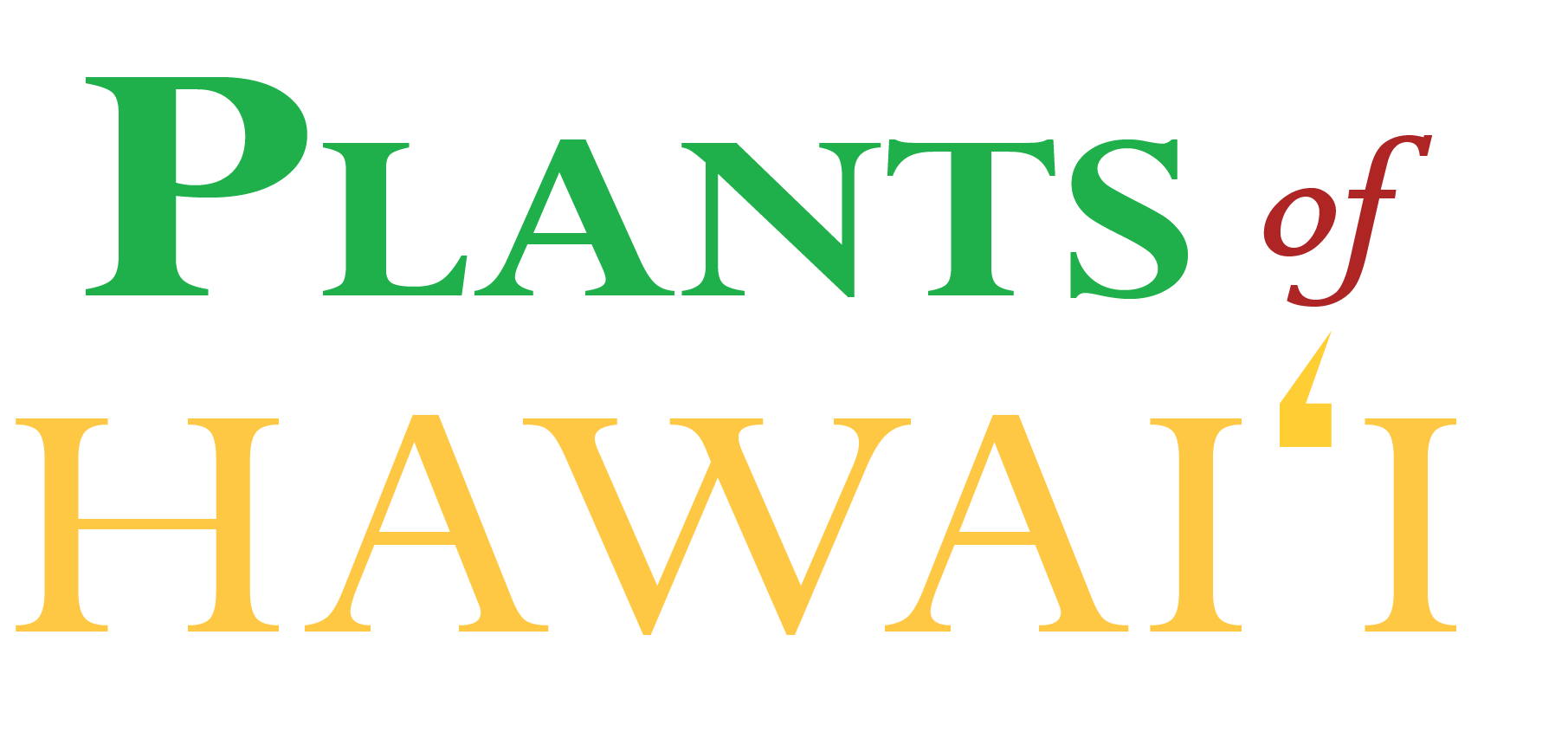
Key Characters:
Growth Form: Scandent or sprawling vines.
Stems: Stems herbaceous or somewhat woody, sparsely to densely retrorsely puberulent.
Roots:
Leaves: Leaves simple. Alternate. Blades variable, lanceolate, ovate to broadly ovate or suborbicular, 3–14 cm long, 0.8–6 cm wide. Apex acute to obtuse or rounded and with a mucronate tip. Base cordate to broadly or narrowly cuneate. Surfaces sparsely puberulent, especially along veins, to glabrate. Margins entire. Palmately veined; 3(5)-veined from base. Petioles 1–2(–2.8) cm long, usually densely antrorsely puberulent. Stipules absent.
Flowers: Flowers in terminal and axillary, simple or compound cymes 2–8 cm long, peduncles 8–18 mm long, usually puberulent throughout, pedicels 2–3 mm long. Flowers unisexual (and the plants dioecious), yellowish white, small, actinomorphic. Calyx of 6–9 petals, in 2–3 whorls of usually 3, outermost whorl minute, those of middle whorl up to ca. 1 mm long those of inner whorl obovate to suborbicular, 1–2.5 mm long. Corolla of 6 petals, oblong, 1–1.5 mm long, apex usually divided into 2 acute lobes, with 2 incurved lobes near base and clasping the filament of the opposite stamen. Stamens in staminate flowers 6, ca. 1 mm long; anthers dithecal; pistillate flowers with 6 minute staminodes ca. 0.3 mm long. Ovary superior, 6, in pistillate flowers, distinct, arranged in whorls; ovules 2 per ovary, quickly reduced to 1 by abortion, attached to the ventral suture, pendulous; style cylindrical; stigma lateral.
Fruit: Drupes dark blue; ca. 4–5 mm in diameter; glabrous; endocarp bony; containing the seed in a horseshoe–shaped cavity. Seeds curved.
Ploidy: 2n = 50; 52; 78
Habitat: Open areas such as grasslands; raised coralline plains; talus slopes; on dry ʻaʻā lava; and in crevices of pahoehoe lava; and in mesic to dry forest.
Elevation Range:
2–1,400 m.
Indigenous
Name Published In: Molecular Phylogenetics and Evolution 148 p.7 (2020)
Other References
Wagner et al. 1990:921 (Ni, K, O, Mo, L, M, H [as Cocculus trilobus]); Wagner & Herbst 1995:22 (Syn. C. trilobus = C. orbiculatus); Lian et al. 2020:7 (Syn. C. orbiculatus = N. orbiculata)
| SNo. | Scientific Name | Scientific Name Authorship | Locality | Habitat | Basis of Record | Recorded By | Record Number | Island | Source | Date |
|---|

Lorem ipsum dolor sit amet, consectetur adipiscing elit, sed do eiusmod tempor incididunt ut labore et dolore magna aliqua. Ut enim ad minim veniam, quis nostrud exercitation ullamco laboris nisi ut aliquip ex ea commodo consequat. Duis aute irure dolor in reprehenderit in voluptate velit esse cillum dolore eu fugiat nulla pariatur. Excepteur sint occaecat cupidatat non proident, sunt in culpa qui officia deserunt mollit anim id est laborum.

Lorem ipsum dolor sit amet, consectetur adipiscing elit, sed do eiusmod tempor incididunt ut labore et dolore magna aliqua. Ut enim ad minim veniam, quis nostrud exercitation ullamco laboris nisi ut aliquip ex ea commodo consequat. Duis aute irure dolor in reprehenderit in voluptate velit esse cillum dolore eu fugiat nulla pariatur. Excepteur sint occaecat cupidatat non proident, sunt in culpa qui officia deserunt mollit anim id est laborum.

Lorem ipsum dolor sit amet, consectetur adipiscing elit, sed do eiusmod tempor incididunt ut labore et dolore magna aliqua. Ut enim ad minim veniam, quis nostrud exercitation ullamco laboris nisi ut aliquip ex ea commodo consequat. Duis aute irure dolor in reprehenderit in voluptate velit esse cillum dolore eu fugiat nulla pariatur. Excepteur sint occaecat cupidatat non proident, sunt in culpa qui officia deserunt mollit anim id est laborum.

Lorem ipsum dolor sit amet, consectetur adipiscing elit, sed do eiusmod tempor incididunt ut labore et dolore magna aliqua. Ut enim ad minim veniam, quis nostrud exercitation ullamco laboris nisi ut aliquip ex ea commodo consequat. Duis aute irure dolor in reprehenderit in voluptate velit esse cillum dolore eu fugiat nulla pariatur. Excepteur sint occaecat cupidatat non proident, sunt in culpa qui officia deserunt mollit anim id est laborum.

Lorem ipsum dolor sit amet, consectetur adipiscing elit, sed do eiusmod tempor incididunt ut labore et dolore magna aliqua. Ut enim ad minim veniam, quis nostrud exercitation ullamco laboris nisi ut aliquip ex ea commodo consequat. Duis aute irure dolor in reprehenderit in voluptate velit esse cillum dolore eu fugiat nulla pariatur. Excepteur sint occaecat cupidatat non proident, sunt in culpa qui officia deserunt mollit anim id est laborum.

Lorem ipsum dolor sit amet, consectetur adipiscing elit, sed do eiusmod tempor incididunt ut labore et dolore magna aliqua. Ut enim ad minim veniam, quis nostrud exercitation ullamco laboris nisi ut aliquip ex ea commodo consequat. Duis aute irure dolor in reprehenderit in voluptate velit esse cillum dolore eu fugiat nulla pariatur. Excepteur sint occaecat cupidatat non proident, sunt in culpa qui officia deserunt mollit anim id est laborum.
Thank you for your interest in submitting an image of
Select your image and leave a brief description of your photo below.


